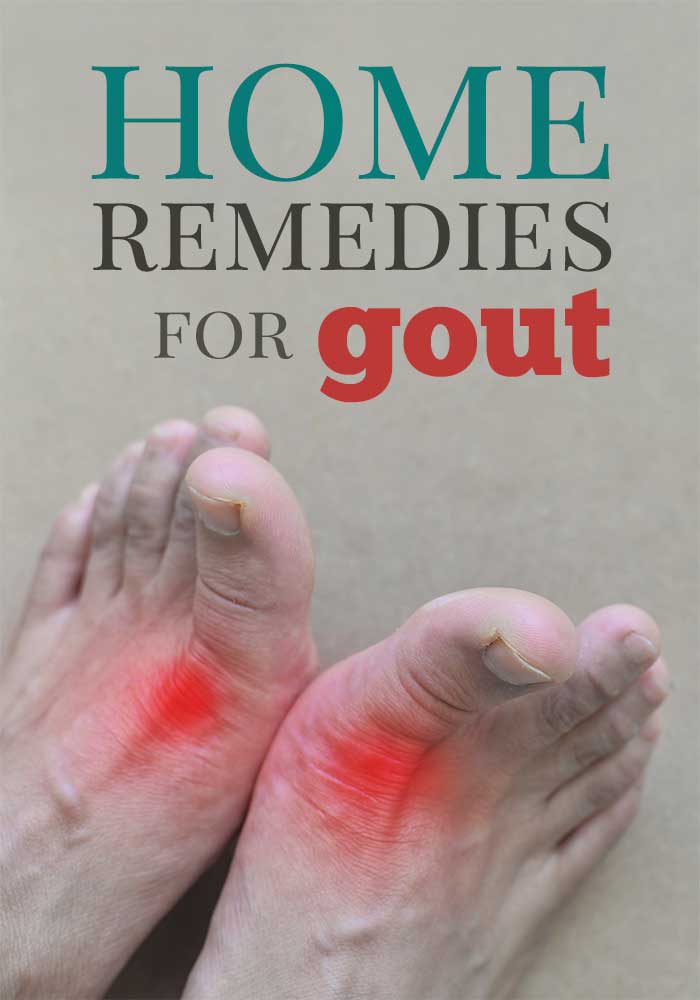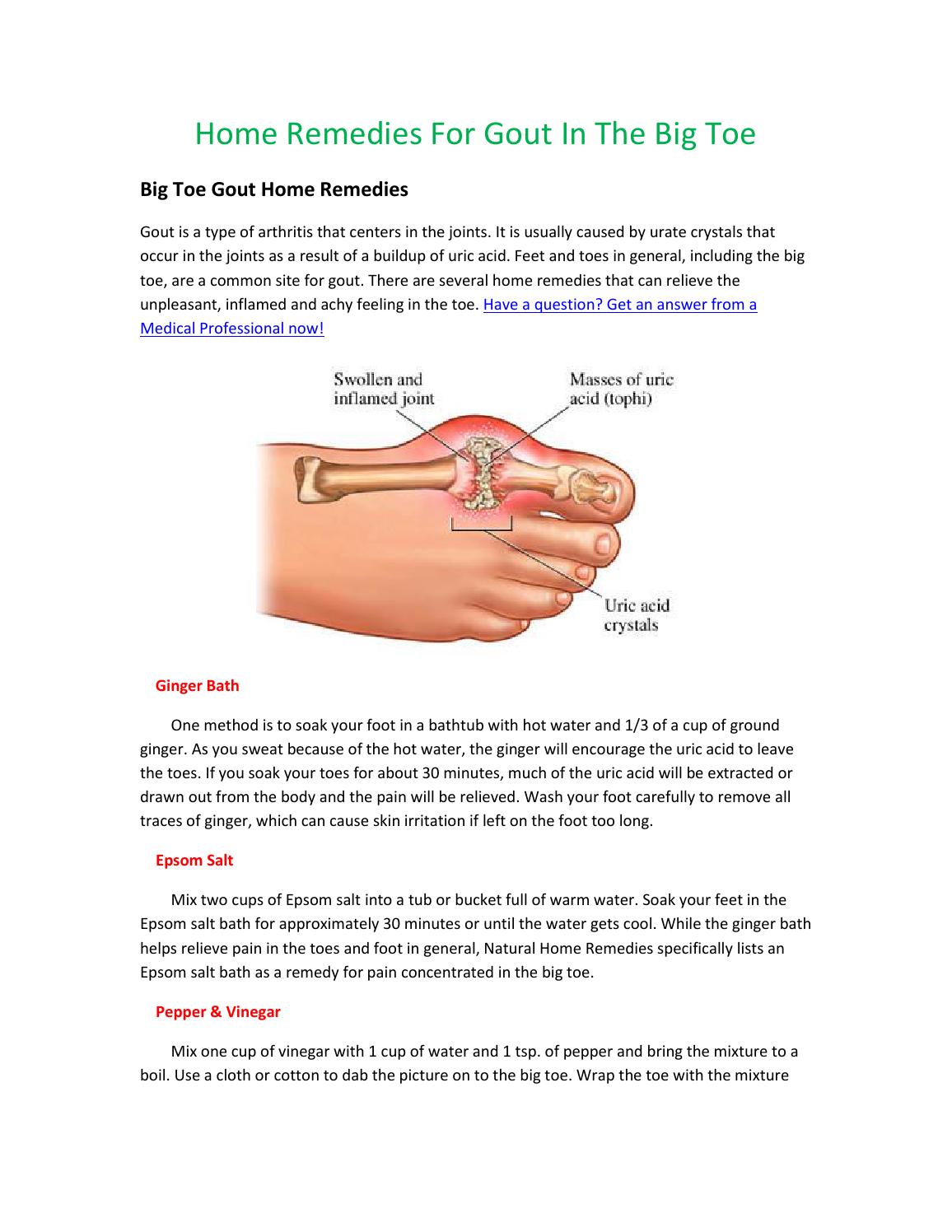What Are The Risk Factors For Gout
Risk factors for gout include:
- being male
- taking medications that increase water excretion by the kidneys
- being overweight
- eating a diet with a lot of meat, offal and shellfish
- having kidney disease, high blood pressure, diabetes or abnormal levels of fat and cholesterol in the blood
- drinking a lot of alcohol, especially beer, port or spirits
- going on a crash diet or fasting
- being of Maori or Pacific Islander origin, which can predispose a person to high uric acid levels
Gout is more common in men than in women, and among women it’s more common after menopause. It’s more likely to occur in older people, but can affect anyone.
It can also affect people with certain types of blood disorder and people in treatment for cancer.
Symptoms Of Big Toe Gout
The signs and symptoms of gout can occur at any time of the day. The symptoms include:
Restriction of mobility:When your big toe gout progresses, you may not be able to move the big toe joint through its normal excursion.
Severe joint pain: You tend to experience intense pain in the large joint of your big toe for hours if not days after it begins.
Redness and Swelling: Your big toe joint becomes inflamed, tender, red, and warm.
Persistent discomfort: At the time when the severe pain reduces, you experience some lingering discomfort that may last from a few days to a few weeks.
Additional Tips For Treating Gout Naturally
Studies show that many of the dietary items we consume lead to gout as well as other health problems. Changing your diet and lifestyle may be the easy solution to beating gout. One of the first things to do is eliminate certain foods and beverages from your diet to beat gout.
1. Eliminate or reduce sugar intake
As many studies are now illustrating, gout is common in people with excessive sugar intake, especially high fructose corn syrup Its wise to read the labels of all your food and drinks. If you find HFCS then eliminate that from your diet. In addition, look for sugar added under the guise of other common names for sugar look for cose at the end of words and these are probably types of sugar you dont want to be consuming.
2. Eliminate grains
Grains in the body are converted to sugars so again you want to limit or avoid grains altogether. They are also very inflammatory to your body.
3. Limit alcohol consumption
Again, alcohol becomes sugar once ingested so eliminate this completely unless you have a healthy body already. Any substance that will be converted to one or another type of sugar by the body should be avoided at all costs. In order to get your uric acid levels down you must consistently avoid sugar in your diet.
4. Eliminate soda and diet soda
5. Consume cherries and strawberries daily
6. Exercise
If you want to learn more natural remedies and natural cures, subscribe to my YouTube channel.
Recommended Reading: Is Tofu Good For Gout
Uric Acid Is The Cause
When there is an overabundance of uric acid in the blood it is called gout. Usually, having too much uric acid in the blood is not harmful. In fact many people with high levels in their blood never know about it. When uric acid levels in the blood become extremely high, the uric acid may start to form crystals. These crystals most commonly form in the joints, especially the joints in the big toe. Your odds of experiencing the pain of gout are higher if you are overweight, drink excessive amounts of alcohol, or have a diet that is comprised of meat and fish that are high in chemicals called purines.
What To Do During An Attack

You should:
- take any medication you’ve been prescribed as early as possible after you notice an attack this should start to have an effect within two or three days
- rest and raise the limb
- avoid knocking or damaging the affected joint
- keep the joint cool remove surrounding clothing and apply an ice pack, such as a bag of frozen peas wrapped in a towel
- ensure you’re well hydrated
Apply the ice pack to your joint for around 20 minutes. Don’t apply ice directly to your skin and don’t apply it for more than 20 minutes at a time because this could damage the skin.
If necessary, you can keep reapplying an ice pack to your skin during an attack, but you should wait until your skin has returned to a normal temperature first.
Don’t Miss: Gout In Heel Pictures
When To See A Doctor
Gout occurs without warning. Anyone experiencing intense pain on the big toe, followed by warmth, tenderness, redness or discoloration, should immediately seek medical attention.
If a person does not receive treatment for gout, it can lead to joint damage over time, including bone erosions and arthritis.
How To Stop Gout Pain In Big Toe: What You Must Know
Gout is becoming more and more common and its one of the worst issues to have
So I fully understand why youre interested in How To Stop Gout Pain In Big Toe.
Nonetheless
Im working on a brand new video to go over How To Stop Gout Pain In Big Toe in detail!
So I apologize for the delay.
Please however, this post may be really beneficial to you because well be going over
- What is Gout & can you get rid of it?
- How thousands of people have stopped gout pains
So lets get into it. Sound good?
Perfect.
Also Check: Is Pickle Juice Good For Gout
What Are Symptoms Of Gout
Chances are you wont even know you have gout until youve experienced your first painful attack, often at night. Symptoms may not develop for years, but these often include:
- Arthritis that develops quickly, resulting in a swollen, red, and warm joint with limited movement
- An arthritis attack in only one joint often the big toe, as well as a foot, ankle, or knee
- Bright red or purplish skin around the affected joint
- More than one attack of acute arthritis
When To Get Help For A Gout Flare
It’s always a good idea to let your doctor know that you are having a flare. Sometimes, you may need to follow up to make sure your treatment plan is working or if your symptoms don’t improve. Call your doctor if:
This is your first flare-up. There are several other conditions, such as a joint infection, that have some of the same symptoms as gout attacks.
You have a highfever and chills. Gout attack symptoms may include a mild fever, but a higher temperature may be a sign of an infection.
Your symptoms don’t get any better after 48 hours or don’t end after about a week. If you don’t start to feel somewhat better after a few days, call your doctor. They may suggest a different treatment. Most gout attacks will go away by themselves in several weeks, even without treatment.
Show Sources
Rebecca Manno, MD, MHS, assistant professor of medicine, division of rheumatology, Johns Hopkins University School of Medicine.
Robert T. Keenan, MD, MPH, assistant professor of medicine, division of rheumatology and immunology, Duke University School of Medicine.
Scott Zashin, MD, clinical professor of medicine, University of Texas Southwestern Medical School attending physician, Presbyterian Hospital.
Lan Chen, MD, PhD, attending rheumatologist, Penn Presbyterian Medical Center.
Gout and Pseudogout Treatment & Management: “Treatment.”
Johns Hopkins Arthritis Center: “Gout — Treatments for Gout.”
Merck Manual: “Gout.”
Recommended Reading: Is Onions Good For Gout
The Four Stages Of Gout
Gout is best understood by seeing it as having four phases or stages :
Stage 1: High uric acid
Elevated uric acid without gout or kidney stone, this stage has no symptoms and is generally not treated.
Stage 2: Acute flares
This stage is marked by acute gout attacks causing pain and inflammation in one or more joints.
Stage 3: Intercritical periods
These are periods of time between acute attacks, during which a person feels normal but is at risk for recurrence of acute attacks.
Stage 4: Advanced gout
This is a stage of chronic gouty arthritis, in which there are lumps of uric acid, or tophi , frequent attacks of acute gout, and often a degree of pain even between attacks .
Figure 1: Stages of Gout
Figure 2: Illustration of Toe Joint with Gouty Tophus. normal toe joint Urate crystals, shown in white, at the “bunion joint,” represent a gouty tophus.)
Figure 3: Progression of Gout
Causes Of Gout Flares
Gout, a type of inflammatory arthritis, happens when levels of uric acid a normal byproduct of metabolic reactions in your body become too high, says Kenneth Saag, MD, professor of medicine in the division of clinical immunology and rheumatology at the University of Alabama at Birmingham. When this substance cant be sufficiently dissolved and excreted in the urine, it starts to crystallize, and those crystals deposit themselves in joints where they cause severe inflammation.
Certain risk factors, such as having a family history/genetic predisposition or having chronic kidney disease, can affect the development of gout over time. Taking certain medications , a high alcohol or sugar intake, or eating high-purine foods can trigger a gout flare. Read more about what causes gout here.
If youre new to gout, your doctor will need to confirm the diagnosis, as it can sometimes masquerade as other ailments that impact the joints . Your doctor will likely use a needle to remove some fluid from the swollen joint, then examine it under a microscope to confirm that it contains uric acid crystals.
Recommended Reading: Black Cherry Juice For Gout Cvs
Treating The Pain At Home
Warm Water With Apple Cider Vinegar Lemon Juice And Turmeric

Apple cider vinegar, lemon juice, and turmeric are each frequently recommended anecdotally for gout. Together, they make a pleasant beverage and remedy.
No strong research supports apple cider vinegar for gout, though studies show it may support the kidneys. Otherwise, research is promising for lemon juice and turmeric for lowering uric acid.
Mix juice from one squeezed half lemon into warm water. Combine with 2 teaspoons turmeric and 1 teaspoon apple cider vinegar. Adjust to taste. Drink two to three times per day.
Recommended Reading: Side Effects Of Allopurinol And Alcohol
Immediate Relief Expert Care
Gout pain in your toes and feet can be extremely uncomfortable. While these home remedies may offer temporary relief, you might need professional care.
If you begin fevering, this is often a sign of infection. Dont wait to come in.
Weve got a full team ready to help, right away. Visit our contact page to make a quick appointment or give us a call today at 239.936.5400.
How To Treat Gout
Treatment for gout includes lifestyle changes, medication, and dietary and weight-loss changes.
Medications prescribed for gout attacks include nonsteroidal anti-inflammatory drugs , colchicine, steroids, and corticosteroids.
If you are unable to take any of these medications, your doctor may prescribe other medications called uricosurics or probenecid. These can decrease the amount of uric acid in your blood.
You may need to take medication for several months or years to prevent future attacks.
Recommended Reading: Almonds Good For Gout
Treatments To Prevent Big Toe Gout Attacks
A variety of drugs has been introduced to lower uric acid levels, prevent new crystals from building up, and dissolve away those crystals in your big toe joints. These drugs are known as urate-lowering therapies or ULTs. Immediately after an attack of gout, this treatment can start. Examples of ULTs are allopurinol, febuxostat, and uricosuric drugs.
How Can I Manage My Gout And Improve My Quality Of Life
Gout affects many aspects of daily living, including work and leisure activities. Fortunately, there are many low-cost self-management strategies that are proven to improve the quality of life of people with gout.
For gout in particular:
- Eat a healthy diet. Avoid foods that may trigger a gout flare, including foods high in purines , and limit alcohol intake .
CDCs Arthritis Program recommends five self-management strategies for managing arthritis and its symptoms. These can help with gout as well.
Read Also: Onions Bad For Gout
It’s Easy To Get The Care You Need
See a Premier Physician Network provider near you.
If you havegout, youre all too familiar with the sudden, burning joint pain that a gout attack can bring on most commonly in the big toe.
Gout a type ofarthritis is caused by too much uric acid in the blood. Usually, having an excess of uric acid isnt harmful. In fact, many people with high levels in their blood never get gout. But when uricacid levels in your blood are too high, the uric acid may form hard crystals in your joints.
Home Care For A Gout Flare
If your doctor has diagnosed you with gout and given you medicine for a flare-up, take the medicine as directed when you know youâre having one. In most cases, that will probably be as soon as the first signs begin.
Your doctor may prescribe nonsteroidal anti-inflammatory drugs such as celecoxib, indomethacin, meloxicam, or sulindac or suggest you take over-the-counter NSAIDs, like naproxen or ibuprofen. Depending on your medical history, your doctor may prescribe steroids or other medicines to reduce inflammation, such as colchicine .
In some cases, you already may be taking medicine like colchicine to prevent gout flare-ups. Your doctor may have also suggested:
If you canât take allopurinol or it is not effective, your doctor may prescribe . It should be used with caution, however, because it has been linked to increased risk of death from heart disease and from other causes.
Just because you have a flare doesn’t mean these medicines aren’t working. In the first few months that you take them, you may have an attack as your body adjusts to the drug. Your doctor will likely have given you something to take if this happens, too.
If youâve been taking preventive gout medicine for a long time and youâre having flares for the first time in a while, call your doctor. They may talk to you about changing your dosage or your medicine.
Read Also: Gout And Tofu
Whats The Outlook For People With Gout
Untreated gout can lead to permanent joint damage. The buildup of uric acid in the joints and soft tissue is called tophus. Some people with gout can also develop other health problems, such as severe arthritis, kidney stones and heart disease. Its important to discuss your symptoms with a healthcare provider.
How To Treat A Gout Flare

Different medications can be used to address gout, but when youre in the midst of a gout flare, the number-one goal is pain management. Because the pain is so severe, its really important to try to bring it under control quickly, says Dr. Saag.
Even though gout is caused by uric acid buildup, now is not the time to start a drug thats specifically designed to lower uric acid levels.
Instead, your doctor will likely prescribe a higher dose of a non-steroidal anti-inflammatory drug , such as naproxen, or a steroid medication like prednisone. Your doctor might also inject a steroid directly into the affected joint, or, if the pain is bad enough, start you on an intravenous version of it, says Dr. Saag.
Colchicin is another medication that is sometimes used to manage gout flares. This drug is not a traditional pain reliever, since it doesnt seem to relieve pain caused by other conditions. According to a Cochrane Review, about 40 out of 100 people who use colchine during a gout attack rated their pain 50 percent lower than those who took a placebo, but theres also a high risk of side effects like vomiting, nausea, and diarrhea, especially when taken at high doses.
If youve had gout flares before and are now seeing a new provider or are being treated in the emergency room, be sure to tell the doctor about the treatments youve previously tried during an acute episode and how well they worked for you.
Also Check: Gout And Almonds